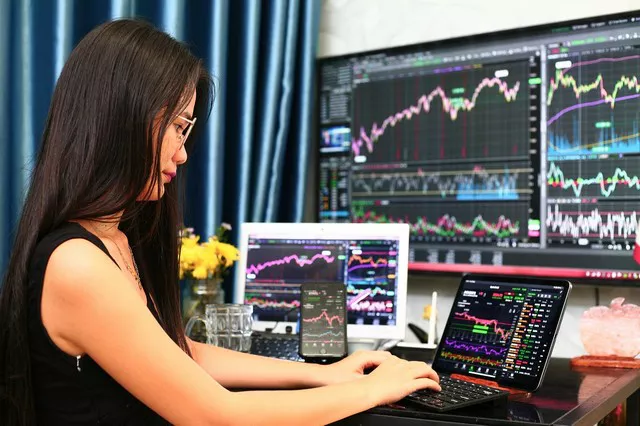In the ever-evolving landscape of cryptocurrency markets, Binance stands out as one of the leading platforms, offering a wide range of trading services, including futures contracts. As traders delve into the realm of Binance futures trading, one common question arises: “Does Binance futures have spreads?” Understanding the dynamics of spreads in Binance futures trading is essential for participants seeking to navigate these markets effectively and capitalize on profit opportunities.
Introduction to Binance Futures
Binance Futures is a derivative trading platform offered by Binance, one of the world’s largest cryptocurrency exchanges. It enables traders to speculate on the price movements of various digital assets using futures contracts. These contracts allow traders to buy or sell cryptocurrencies at a predetermined price on a specified future date, providing opportunities for profit through both long and short positions.
Understanding Spreads in Futures Trading
In the context of futures trading, the term “spread” refers to the difference between the buying (ask) price and the selling (bid) price of a futures contract. Spreads play a crucial role in determining transaction costs and profitability for traders. Narrow spreads indicate a liquid market with minimal price discrepancies between buyers and sellers, while wider spreads may suggest lower liquidity and increased volatility.
The Role of Spreads in Binance Futures
Similar to traditional futures markets, spreads also exist in Binance futures trading. As traders buy and sell futures contracts on the platform, spreads fluctuate based on market conditions, supply and demand dynamics, and other factors influencing cryptocurrency prices. Understanding the dynamics of spreads in Binance futures is essential for traders looking to execute trades efficiently and maximize their profits.
See Also: Strategies for Effectively Managing Risk in Crypto Futures Trading
Factors Influencing Spreads in Binance Futures
Several factors can influence spreads in Binance futures trading. Market liquidity plays a significant role, with highly liquid markets typically exhibiting narrower spreads due to the abundance of buyers and sellers. Conversely, lower liquidity can lead to wider spreads as traders may face challenges finding counterparties to execute their trades at desired prices.
Market Volatility and Spreads
Market volatility also impacts spreads in Binance futures trading. During periods of heightened volatility, spreads may widen as market participants adjust their pricing to account for increased uncertainty and risk. Conversely, in periods of low volatility, spreads may narrow as market conditions stabilize, and trading activity becomes more predictable.
Impact of Trading Volume
Trading volume is another crucial factor influencing spreads in Binance futures. Higher trading volume often leads to narrower spreads as the increased number of trades contributes to improved market liquidity and price efficiency. Traders may find tighter spreads more conducive to executing large orders with minimal slippage and transaction costs.
Order Book Depth
The depth of the order book, which represents the cumulative volume of buy and sell orders at various price levels, also affects spreads in Binance futures trading. A deep order book with significant liquidity at multiple price levels tends to result in narrower spreads as traders have ample opportunities to execute trades at competitive prices.
Arbitrage Opportunities
Spreads in Binance futures trading can also present arbitrage opportunities for astute traders. Arbitrageurs may exploit price discrepancies between Binance futures and other cryptocurrency exchanges by simultaneously buying and selling corresponding assets to profit from temporary mispricings. Through arbitrage activities, traders contribute to price discovery and market efficiency, helping to reduce spreads over time.
Role of Market Participants
Market participants play a crucial role in shaping spreads in Binance futures trading. Traders, both retail and institutional, contribute to market liquidity and price discovery through their buying and selling activities. Market makers, who provide liquidity by continuously quoting bid and ask prices, also influence spreads by narrowing the price difference between buy and sell orders.
Risk Management Considerations
While spreads in Binance futures trading offer profit opportunities, they also carry inherent risks that traders must manage effectively. Wide spreads can increase transaction costs and potentially erode profits, particularly for frequent traders or those executing large orders. Implementing robust risk management practices, such as setting appropriate stop-loss levels and diversifying trading strategies, is essential for mitigating these risks and preserving capital.
Conclusion
In conclusion, spreads are an integral aspect of Binance futures trading, influencing transaction costs, liquidity, and trading strategies for participants. By understanding the factors influencing spreads in Binance futures, traders can make informed decisions and optimize their trading performance. Through effective risk management and strategic execution, traders can navigate Binance futures markets with confidence and capitalize on profit opportunities in this dynamic and evolving landscape of cryptocurrency trading.


